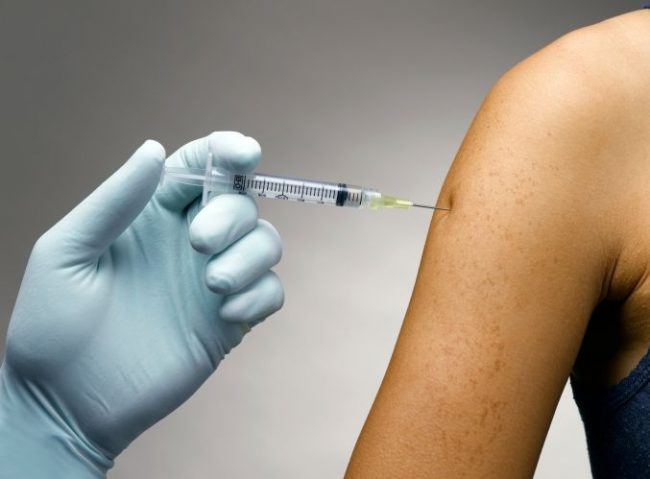Influenza Vaccine Breakthrough Makes Use of Tobacco
Could tobacco be the next influenza vaccine breakthrough to fight the disease? If the tobacco influenza vaccine trials go as planned, it could be available in 2016.
What a shocking discovery. We all know that smoking can cause heart disease, emphysema, and cancer. In fact, it’s the leading cause of preventable illness and death in the U.S., according to National Cancer Institute. However, just recently, one company’s vaccine breakthrough makes use of tobacco to prevent infections caused by Influenza, which kills thousands of people every year.
vaccine breakthrough makes use of tobacco to prevent infections caused by Influenza, which kills thousands of people every year.
Influenza season starts in October and usually peaks in January or February. It spreads from people to people with droplets created by sneeze or cough entering the nose or mouth of a nearby infected individual. The severity of the influenza disease varies greatly, causing death in severe cases. Children six years old and younger, people with medical conditions, chronic lung disease, asthma, and adults over 65 years old are at greater risk of bacterial pneumonia related complications.
Common Influenza symptoms are:
• Chills
• Sore Throat and Cough
• Headache
• Body Aches and
• 100 degrees Fahrenheit fever
• Chills
• Sore Throat and Cough
• Headache
• Body Aches and
• 100 degrees Fahrenheit fever
While it is a fact that tobacco can harm your body, it could one day protect you and your family if the new vaccine breakthroughs go as planned. “It’s something very, very new and it’s something very, very unique,” says Charles Bryant a greenhouse manager.
Charles Bryant is helping the bio-pharmaceutical company; Medicago turn these plants into flu vaccines.
According to Medicago, executive VP of operations Mike Wanner, the vaccine is produced inside the leaves where it is submerged in genetically engineered natural bacteria then the tobacco is placed in a vacuum environment . “It draws in, the agrobacterium, and then the agrobacterium expands in the plant and that becomes the virus-like particle that is the vaccine.It induces a very strong immune response in humans,” he explains.
. “It draws in, the agrobacterium, and then the agrobacterium expands in the plant and that becomes the virus-like particle that is the vaccine.It induces a very strong immune response in humans,” he explains.
While traditional influenza vaccines are made from chicken eggs with each one producing about four doses, each tobacco plant can make between 30 to 100 doses.
Presently, plant-based vaccine is being tested for a variety of other flu strains, including one for rabies.
Influenza vaccines have been traditionally made with live chicken embryos requiring lots of eggs. The problem is, it can be expensive and time-consuming. Vaccines for new diseases cannot be produced quickly and the current flu vaccine production is not fast enough to keep up with people’s needs, especially in case of a breakout. It will take up to nine months to develop and produce a vaccine, according to World Health Organization. What is worse, conventional and egg-based vaccine production techniques may not be able to meet the demands if two doses per person are required for adequate protection.
Recently, Medicago, a Canadian pharmaceutical company used tobacco plants to produce quicker and larger quantities of vaccines, including influenza vaccine. In order to create this plant-based influenza vaccine scientist inject protein DNA into bacteria, and allow it to multiply. Tobacco plants are inverted and dipped into the solution then wrung by a vacuum so that the plants soak up the solution. It is subsequently diced up and put in a digester to release the protein destroying the leaves’ cellulose, while collecting the virus-like particles used for the vaccine.
So far, the results are promising, as the tobacco vaccine breakthrough could keep up with demand during an influenza outbreak.
Written by: Janet Grace Ortigas

No comments:
Post a Comment